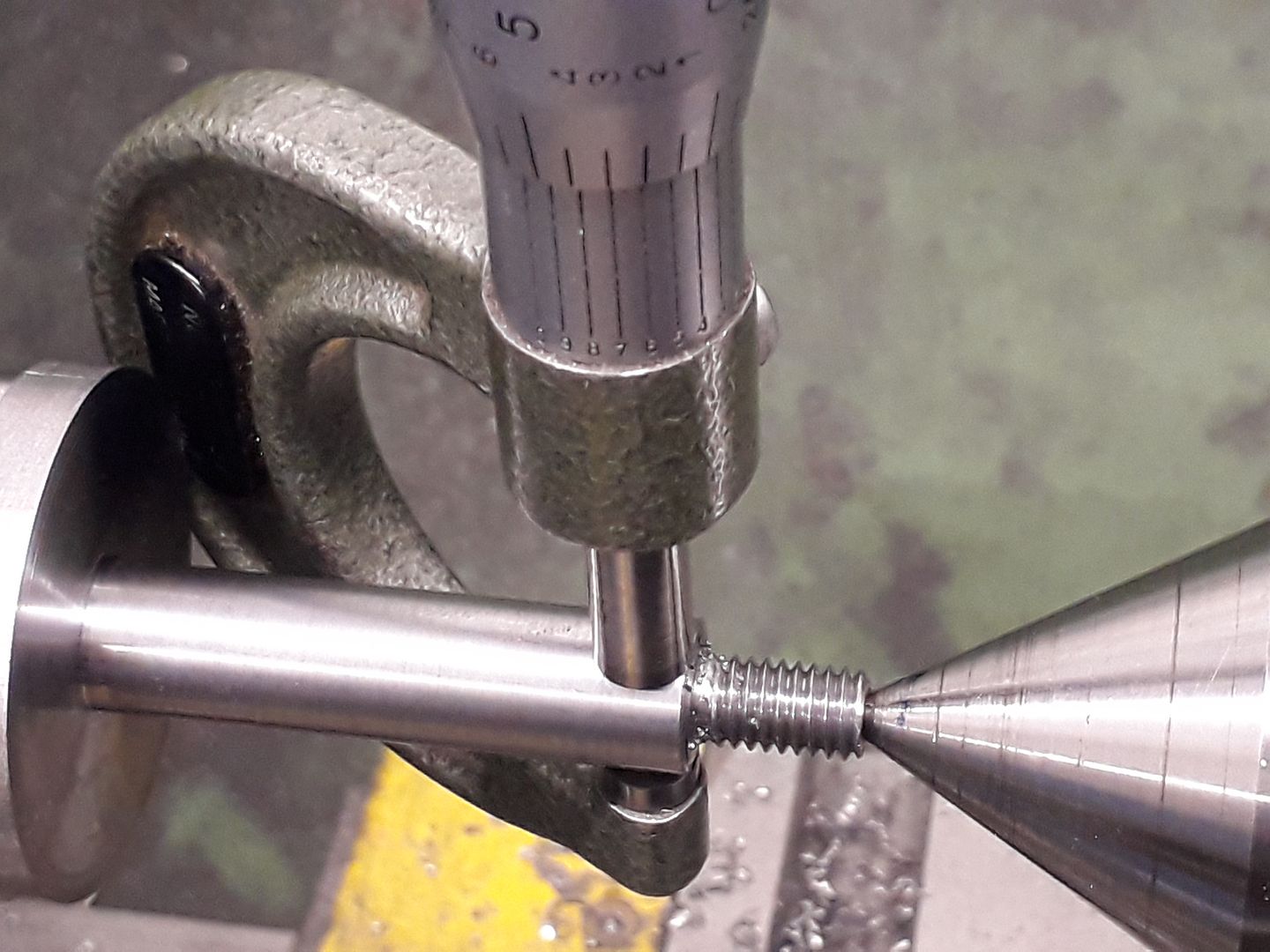Posted by Christopher judd on 18/08/2019 09:33:10:
…
The person giving this advice is a world renowned craftsman so you can see why at this stage in my lathe experience I will be sticking with it as all my work will also be horological. Suffice to say though I will at some point try aluminium to gauge the results.
Regards
Chris
I think you may be missing the point slightly: what a world renowned craftsman does may not be the best place for a beginner to start! Learner drivers shouldn't begin by asking Lewis Hamilton which oil is best for Formula 1.
Correctly sharpened HSS is very suitable for small lathes and – as lathes go – the Sherline is tiny. So the obvious answer is use HSS, and why not? The main objection is a beginner might find he doesn't have the skills or equipment needed to correctly sharpen HSS. The equipment is easy enough – a grinding wheel – but learning to use it may not be.
As is often the case, the operator is more important than the equipment. If Christopher Judd happens to be a grinding natural, and some people are, then all is well with HSS. But if he's cack-handed like me, then frustration ensues. In that case carbide inserts remove the need for the operator to develop grinding skills. Eliminating causes is useful at the early stages when it's not clear if the lathe, material, cutter-type, set-up, speed, depth of cut or feed-rate are wrong.
In practice I use both carbide and HSS. It's allowed! Mostly carbide because it's convenient – there's no point me wasting time sharpening HSS when carbide will do the job. When carbide fails, mostly by not getting a good finish or something very delicate is in hand, out comes HSS and a short fight with my grinder. It's possible to buy HSS inserts to fit carbide holders, but I'm not that clumsy. A good alternative to HSS for fine hobby use is the carbide inserts used by the grown-ups on non-ferrous metals like Aluminium. Like HSS they're sharp and polished, simple as that.
Part of the fun is developing the skills needed to get the best out of tools and materials. What suits other people doing other types of work on different equipment can be highly misleading. The best way to find out is to grind some HSS tools and cut metal: if the advice works for you, hurrah. If results are poor, try carbide.
You also said 'Regarding quality brazed carbon cutters as they have been recommended they can be used as they come needing no setting up.' That's a booby trap because brazed carbide tools often come unsharpened. The advantage of brazed carbide over inserts is they're cheap and can be ground to shape like HSS and resharpened. A special grinding wheel is needed. I never use them.
Dave
 Vic.
Vic.






